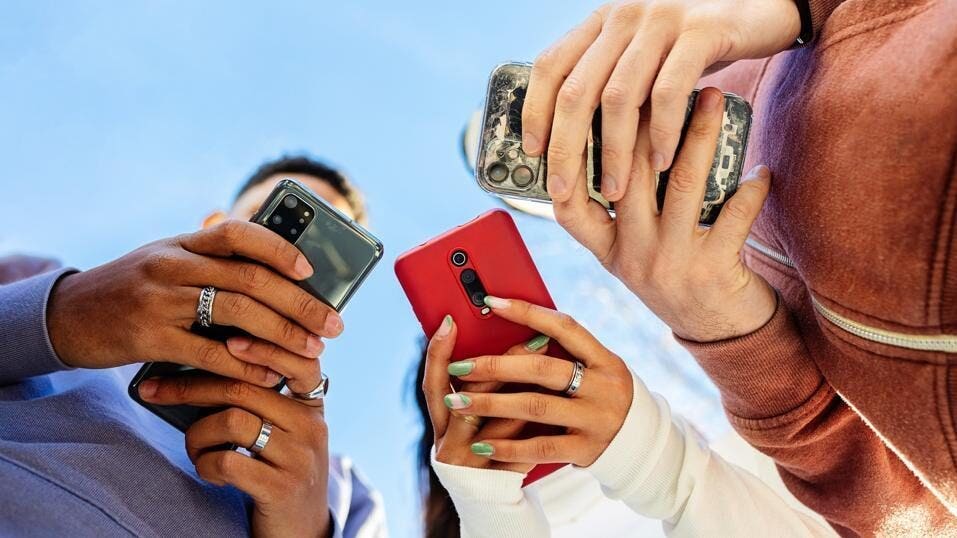
As far as what measures people might take to try to change their teeth and feel more confident, 29% overall have considered aligners fitted at a dentist, while another 27% have considered at-home aligners, suggesting these methods are equally popular. Twenty-six percent have considered getting braces or other orthodontic treatment via a dentist. Aligners fitted by a dentist were most appealing to Gen Z at 36%, with at-home aligners most popular with millennials at 34%.
A factor that may influence these responses across the board is the number of people who fear the dentist, which came in at 38% across generations.
On average, people are prepared to spend $2,960 on changing their smile, with millennials prepared to part with the most cash ($3,542). They’re followed by Gen X ($2,689) and Gen Z ($2,673), with baby boomers coming in last at $2,111.
At-home solutions—with treatment plans that include quick in-person check-ins with your dentist every six to eight weeks—may be a good option for those who prefer to steer clear of the dentist, says Holli Careswell, D.D.S., a board-certified general and cosmetic dentist with a private practice in Lee’s Summit, Missouri and a Forbes Health Advisory Board member.
However, Dr. Careswell says $3,000 is a “low expectation” for the overall cost of aligners, as many factors play a role in overall cost.
“The average cost [for clear aligners fitted by a dentist] in the Midwest is around $4,500 to $5,000 at a general practice, and around $6,000 to $6,500 at an orthodontist’s office,” she says, adding that insurance coverage for orthodontics could help cut the costs by around $1,500 to $2,500.
Older people are Dr. Careswell’s most common demographic for seeking clear aligners. “They didn’t have the opportunity to straighten their teeth when they were younger, or had braces but didn’t wear their retainers and their teeth moved,” she explains. “These are usually great cases for clear aligners because patients are motivated and understand the importance of retention after treatment.”
One in Six Have Edited Their Teeth in Photos Before Posting on Social Media
Even though younger generations may feel more confident posting their smiles, they may be doing it with a little extra help. The advent of ever-improving photo editing tools is allowing more people to digitally alter pictures of themselves before posting them on social media. Thirty percent of people polled admit to editing (15%) or have at least considered editing (15%) the appearance of their teeth in a photo before posting it to social media.
This percentage is higher amongst Gen Z (27%) and millennials (24%), followed by Gen X and baby boomers, at 12% and 4%, respectively. This might reflect the fact that younger generations are more comfortable with photo editing software and the idea of social media photos being altered in the first place. However, not everyone is sold on painting over their pearly whites: Over half of Gen Z and millennials (52% and 56%) responded that they would never edit photos to alter the look of their smile—or even consider doing so.
Social media plays a big role in promoting images that have been heavily filtered, edited and adjusted to the point of an inaccurate portrayal of how people actually look, says Sabrina Romanoff, M.D., a Harvard-trained clinical psychologist and a member of the Forbes Health Advisory Board. “People tend to fixate on aspects of their appearance that are highlighted on social media (e.g., excessive focus on facial features, teeth, size of lips, wrinkles on the face) with the increased popularity of selfies,” she explains.





